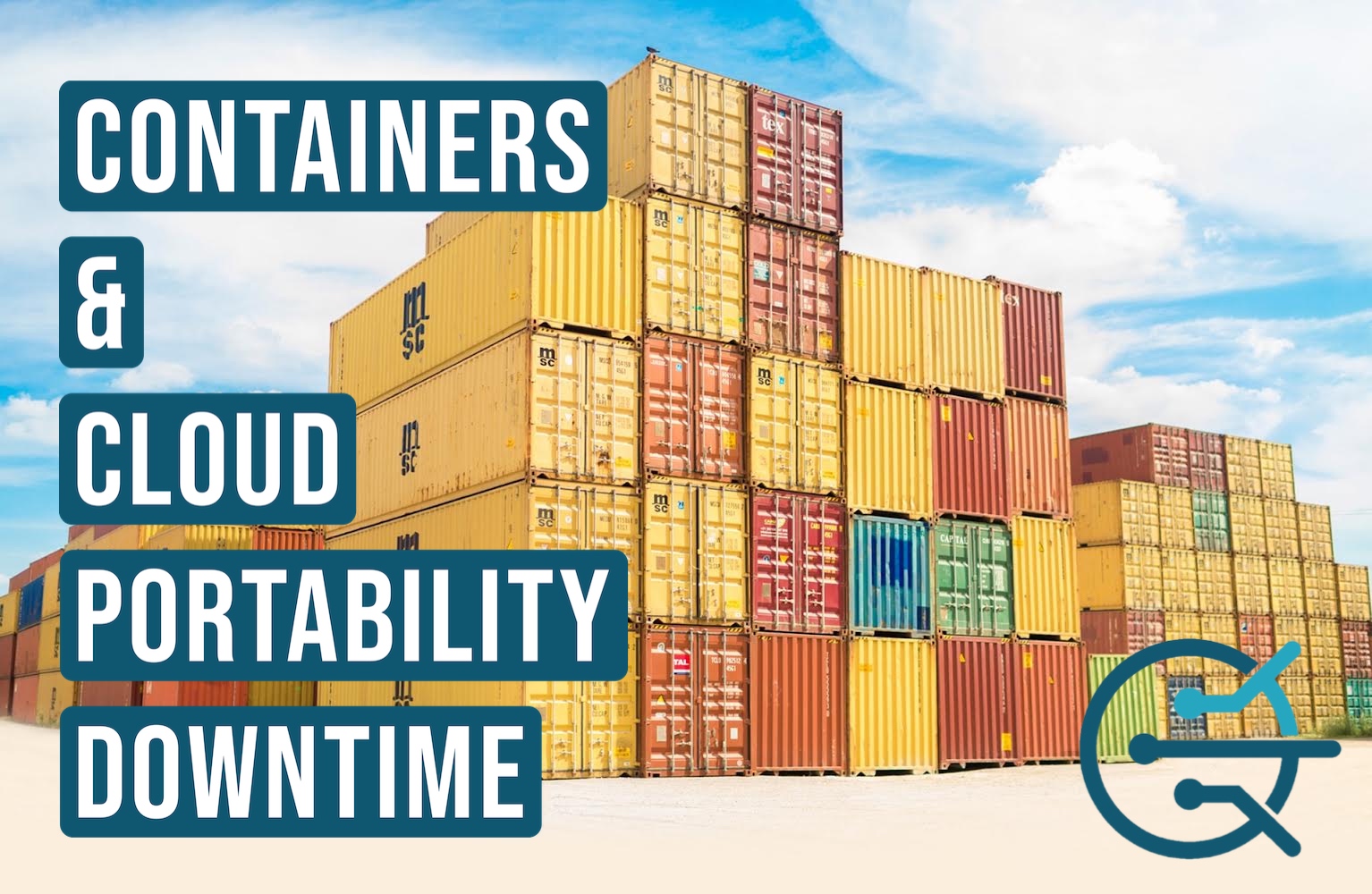CIO Magazine recently identified “container-focused strategies” as one of the top 5 cloud trends for 2020. App development services (including container services like Kubernetes) are forecast to become the preferred app development platform, according to Forrester’s Public Cloud Market Outlook, 2019 to 2022 report. The need for untethered speed, workload flexibility, and multi-cloud portability drive this pivot toward packaged application solutions. But is there a downside to containers and cloud portability?
Specifically, containers offer a path for companies to shift workloads between clouds, avoid lock-in and allow vendor adoption based on best fit for purpose. However, along with this increased distribution and decentralization of cloud application development comes the challenge of managing the complexity of cloud configuration – so that interdependent applications are configured optimally to run together as a whole.
We no longer live in the “data center model” of centralized control. The cloud world includes microservices, 3rd party systems, serverless computing, and a service mesh to connect it. The surface area is huge, and the amount of configuration and security information required to stitch it all together creates an unsustainable cognitive load for teams.
Without a grasp on your company’s cloud configuration “big picture,” the risks of downtime and/or security breaches will increase, at potential big costs. A 2020 Divvy Cloud study of publicly-reported breaches estimated that 21.2 billion records were exposed in 2019 at the cost of $3.18 trillion. As we learned last summer, one to five minutes of downtime cost Google upwards of $500,000 (never mind the cost to those who depend on Google) and an hour of downtime cost Amazon nearly $5 million.
We’ve looked into this challenge and have captured our recommendations for organizations looking to fully benefit from advances like containers without risking reputation and trust. Our whitepaper, Cloud Complexity Requires a New Approach to Configuration Management, identifies processes, people, and tools that are needed in this evolving multi-cloud world.
Stay tuned to this blog for more real-life examples of organizations that are working through their own solutions to conquering cloud configuration management. Or take our demo for a spin!
Our bite-sized newsletter with DevSecOps industry tips and security alerts to increase pipeline velocity and system security.


